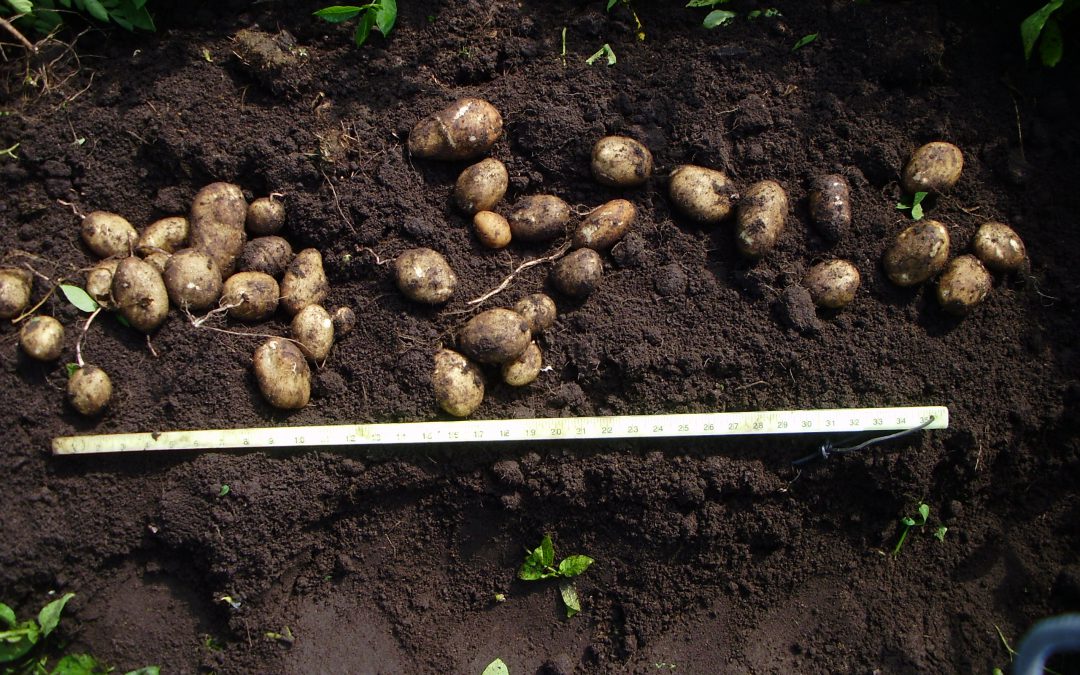You probably don’t give much thought to the soil in which your food grows. If you care about the nutritional value of your tomatoes, potatoes and peas — and, more generally, if you care about your health — that dirt probably deserves a good deal more consideration than it’s currently getting.
New studies are confirming what soil-savvy farmers have suspected for years: The nutrient levels in food are directly linked to the nutrient levels in soil. Today, nearly 95 percent of American farmland is conventionally farmed. Conventional farmers are leaning heavily on chemical fertilizers, specifically three major plant nutrients (nitrogen, phosphorus and potassium) that encourage growth, but can simultaneously downgrade the crop’s nutrient potential.
“The problem is that farmers are paid for quantity, not quality,” says Charles Benbrook, chief scientist at The Organic Center, Boulder, Colorado. This arrangement produces a dangerous cycle: farmers use excess nitrogen to make crops grow faster and larger, but this also increases the plant’s’ vulnerability to pests and disease. Weaker plants require the use of more chemicals, which in turn leach even more nutrients from the soil.
It’s not just the soil and plants that suffer losses. We suffer, too — both because our bodies are getting less nutrition and because this provokes yet another vicious cycle: “When your body doesn’t get the right nutrition, it just keeps asking for more food,” says Ingham. The key, says Benbrook, is to think about farming as a biological process instead of a “chemical-management process.”
Call or email us for more information.
1-218-630-5531 Contact Us

